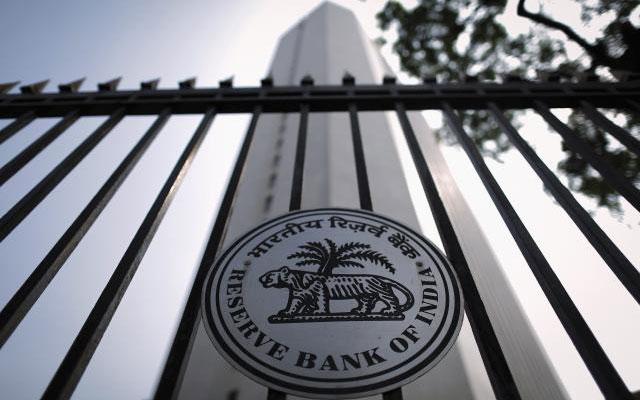The Reserve Bank of India cut its main lending rate on Tuesday in a widely expected move to help accelerate growth after inflation stayed under control and the government stuck to its fiscal deficit roadmap.
The central bank lowered the repo rate to 6.5 per cent from 6.75 per cent and said the monetary policy stance will remain accommodative. This is the first reduction in six months and brings the repo rate—at which the RBI lends to banks—to its lowest level in five years.
RBI governor Raghuram Rajan had trimmed the repo rate by 125 basis points last year before keeping rates unchanged twice, in September last year and February this year, as he waited for positive signals on inflation and the government’s commitment toward fiscal consolidation.
According to the most recent price data, retail inflation in February eased to a three-month of 5.18 per cent as food items turned cheaper. Also, the government has said that it managed to keep the fiscal deficit within the target of 3.9 per cent of gross domestic product for 2015-16 and that it will bring down the gap to 3.5 per cent this fiscal year.
The RBI estimated retail inflation to remain around 5 per cent during 2016-17 and retained the growth forecast for this fiscal year at 7.6 per cent after assuming a normal monsoon and a boost to consumption following an increase in wages of government employees. The uneven recovery in growth will strengthen this fiscal year, it said in its first bi-monthly monetary policy review in the fiscal year that began on April 1.
CRR, reverse repo rate
The RBI kept the cash reserve ratio--the portion of deposits that banks must keep in cash--unchanged at 4 per cent. It also reduced the minimum daily maintenance of the CRR from 95 per cent to 90 per cent in a move that will improve liquidity.
It also raised the reverse repo rate--the rate at which banks park money with the RBI--to 6 per cent from 5.75 per cent by narrowing the gap between the repo and reverse repo rates. The move will help improve liquidity as banks now have a lower incentive to keep money with the RBI.
The RBI prodded commercial banks to pass on the rate reductions to borrowers; banks have reduced lending rates by 50-60 basis points since last year. "Perhaps more important at this juncture is to ensure that current and past policy rate cuts transmit to lending rates," the central bank said.
Arun Singh, lead economist at Dun & Bradstreet India, said the rate cut and measures to support liquidity will improve the transmission process. However, he added: “There is a need for further rate cut in 2016 to lower the cost of funds for industry and spur investments, which have been rather flat.â€
Government steps, differentiated banks
The central bank acknowledged the government's commitment to controlling the fiscal deficit and said the rate cut will support the government's initiatives to boost demand.
"Given weak private investment in the face of low capacity utilisation, a reduction in the policy rate by 25 bps will help strengthen activity and aid the government’s initiatives," it said in its policy statement.
The central bank also said that the government has set out a comprehensive strategy for reviving demand in the rural economy, enhancing social and physical infrastructure, making it easier to do business and deepening institutional reform. "The implementation of these measures should improve supply conditions and allow efficiency and productivity gains to accrue," it said.
The RBI, which last year gave out licences for small finance banks and payments banks, said it will explore the possibilities of licensing other differentiated banks such as custodian banks and banks concentrating on wholesale and long-term financing.






